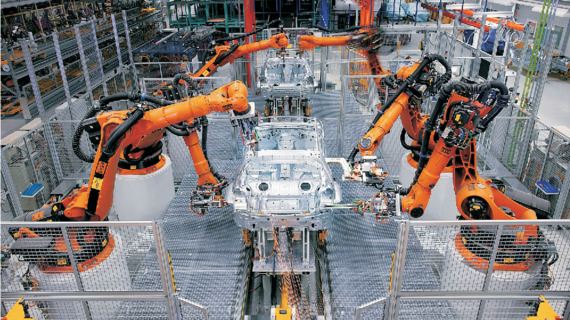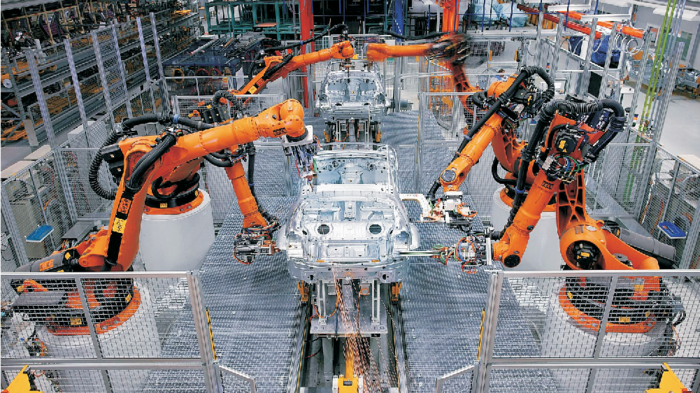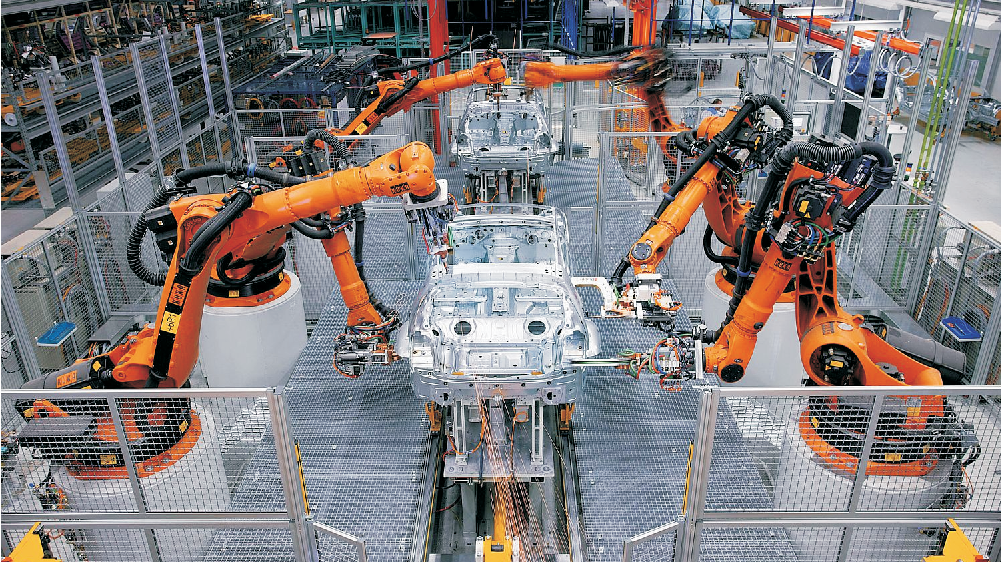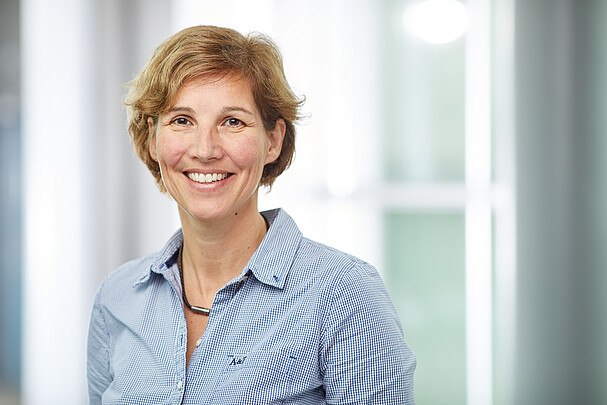in HIS-LSF



| Course Type | Lecture + Exercise Course |
| Level | Main Studies / Master |
| Semester | Winter Semester |
| Creditpoints | 5 CP |
| Exam Date | following (WS + SS) |
Course Objectives
Students learn to differentiate between serial and parallel structures and to divide robots into major and minor axes. Knowledge of work spaces, implementation criteria and construction design is expanded. Students also get an overwiew of necessary components for robots, such as drives, sensors and measuring systems. After completing the course, students are able to indicate and calculate the kinematic and dynamic models for various robots. All regulatory approaches and hardware compositions necessary for controlling, as well as textual and graphical-interactive prgramming styles are taught. The lecture gives entry-level understanding of the interdisciplinary and comprehensive product "industry robot", which is an important subsystem of complex manufacturing environments. The lecture is also supplemented by a practical laboratory on robot programming.
After successfully completing the module, students will be able to
- Describe the possible applications of industrial robots in production engineering,
- Carry out the structural and dimensional synthesis of a robot and identify the types realized and the components installed in them,
- Describe and calculate the kinematics of any robot structure,
- Explain the common types of path planning in detail,
- Calculate the dynamics of a given robot and, based on this, control the robot position,
- Name and classify the main forms of robot programming and their areas of application in an industrial environment.
Course Contents
- Introduction: History, robot groups, areas of application
- Structure desing: Degree of freedom, hinges, serial and parallel structures, robot structure
- Programming: Programming processes, programming languages (esp. RAPID, KRL)
- Kinematics: Elemantary transformation, kinematic robot model, calculation processes, singularities
- Dynamics and position control: Dynamic robote model, calculation of driving forces and torques, processes for position control
- Controlling: Motion generation, technical structure, sensor integration
EXAM INFORMATION AND REGISTRATION
Your Professor


30823 Garbsen






















